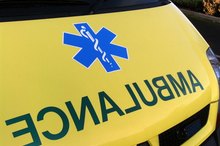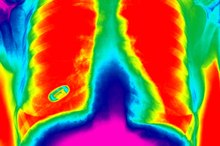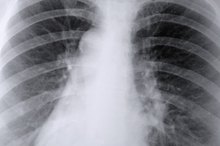What is a Patent Airway?
Medical professionals and those who work with trauma patients will hear the term “patent airway” used over and over. This is because a patent airway is absolutely crucial to the health and safety to every patient, regardless of their injuries. Having a patent airway will not guarantee survival, but it can greatly increase survival rates, and having a compromised airway will almost always result in a worse outcome.
Patent Airway
A patent airway is one that is open and clear, where the patient is able to inhale oxygen and exhale carbon dioxide. Having a patent airway does not mean the patient does not have difficulty breathing, it simply means that if need be, oxygen can be administered without the use of surgical reconstruction of the airway. A patient who is talking and alert has a patent airway and should be able to use a nasal cannula, a face mask, or a nebulizer to help with breathing.
Compromised Airway
CPAP Contraindications
Learn More
A patient with a compromised airway may have suffered maxillofacial trauma, neck trauma or trauma directly to the windpipe. Patients with compromised airway may turn blue, they may be agitated because of panic and their chest muscles may be retracting as they gasp for air. A patient with a compromised airway can quickly be helped by clearing the airway of foreign objects if choking occurred, changing position while maintaining spinal stabilization or keeping the airway open with the jaw thrust maneuver.
- A patient with a compromised airway may have suffered maxillofacial trauma, neck trauma or trauma directly to the windpipe.
- A patient with a compromised airway can quickly be helped by clearing the airway of foreign objects if choking occurred, changing position while maintaining spinal stabilization or keeping the airway open with the jaw thrust maneuver.
Severe Cases
In some cases where injury is extremely severe, surgical procedures maybe needed to create a patent airway. In this case, a surgical cricothyroidotomy is performed by the medical professional. This procedure includes making an incision in the throat that goes into the cricothyroid membrane and a tube is inserted for direct administration of oxygen. This procedure can cause damage to the cricoid cartilage and should not be performed in children under 12 years of age.
- In some cases where injury is extremely severe, surgical procedures maybe needed to create a patent airway.
- This procedure can cause damage to the cricoid cartilage and should not be performed in children under 12 years of age.
Related Articles
Writer Bio
Charissa Mennell has been a professional writer/editor since 2006, with a background in psychology, medicine and law. She has edited several books, including Cover Girls and Kindred, published by Blade Publishing.









